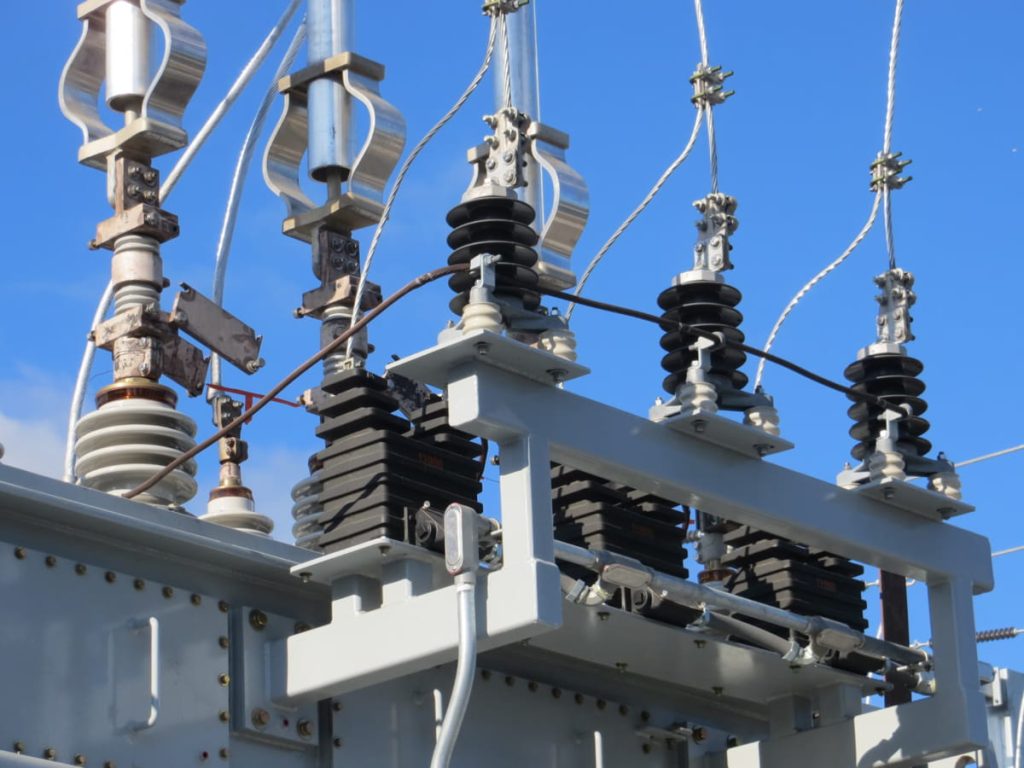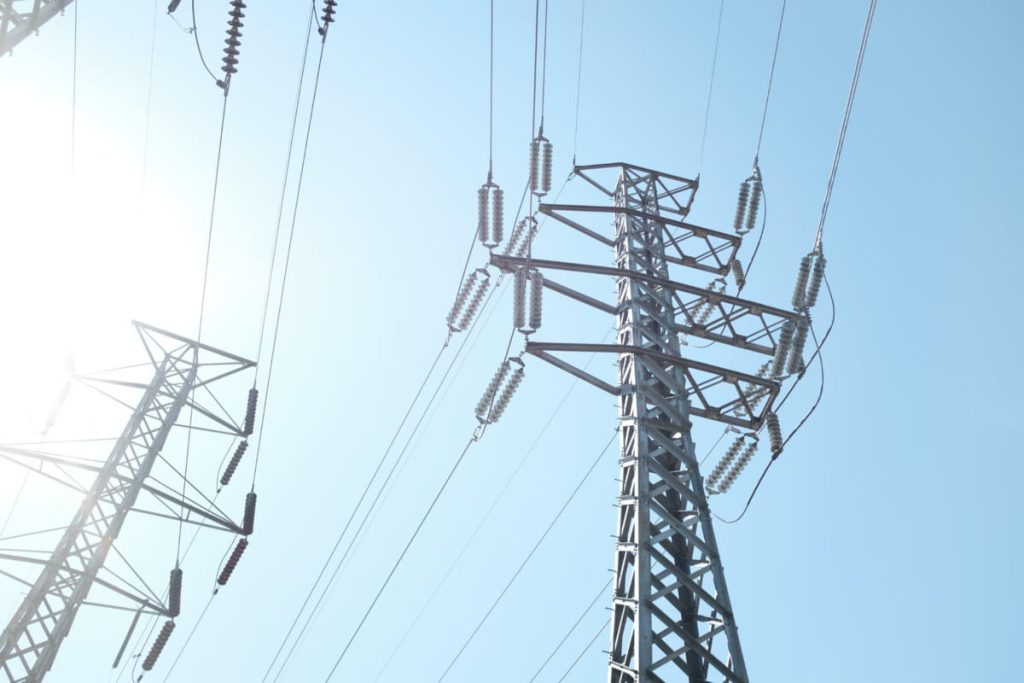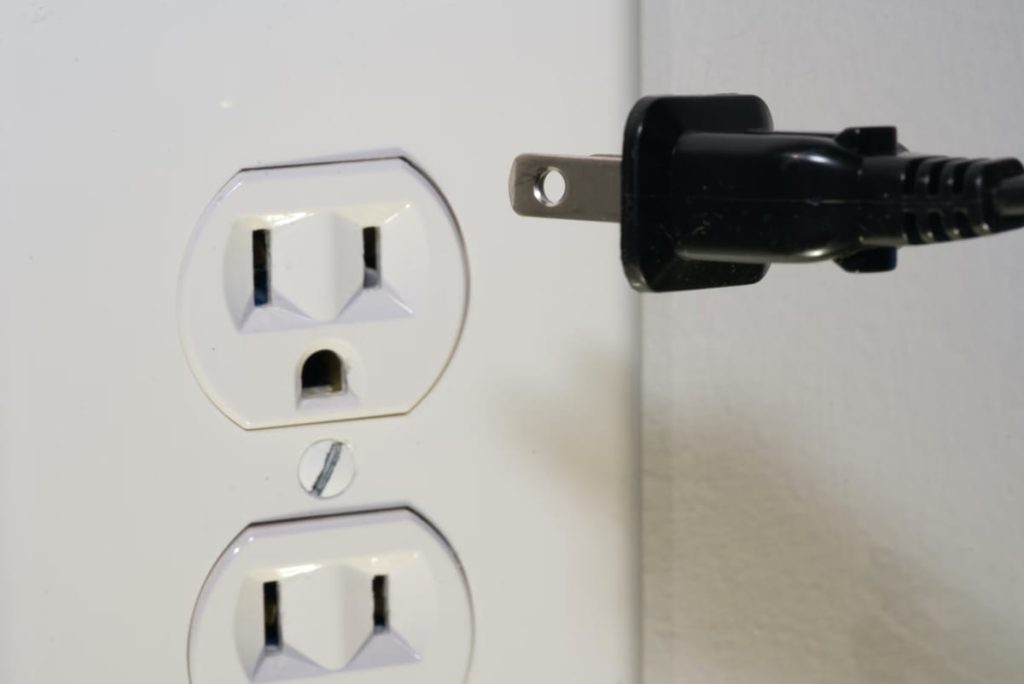
Apart from energy supply charges and any installation fees your utility company may impose, the price per kilowatt-hour of electricity varies significantly based on season and region. Power companies frequently increase rates during periods of high demand – thus cutting usage during such times could help save you money!
Seasons and Weather
Becoming familiar with when electricity prices are lowest can save you money in the long run. Energy providers frequently offer time-of-use plans which offer different prices depending on power demand; peak hours typically incur higher charges; while during off-peak hours your rate may even drop or even be free!
Seasons and weather play an integral role in determining when electricity costs the least, but time of day also plays a part. Demand for power increases most during summer when air conditioners are running full tilt; consumption falls when people return home at night using appliances like televisions and refrigerators.
Power rates may fluctuate minute by minute due to fluctuating power generation costs and consumer usage demands. Production costs more during peak hours, which gets passed along directly to consumers who consume that power. Consumers use more power during those peak times as demand for it rises accordingly.
Utilities use time-of-use rates (which you can read about here) as an efficient means of controlling demand and costs associated with power generation. There are various TOU pricing structures, each of which has a different impact on residential energy rates; typically two periods where electricity costs more: peak hours and off-peak hours. Peak usage tends to occur during the hottest parts of the day when most people are busy working or at home – typically in the afternoon/evening when temperatures can soar to over 30degC!
Off-peak hours occur between 10 pm and 8 am when demand for electricity drops significantly, typically between 10 pm and 8 am. Energy companies can charge customers lower rates as their profit from selling power is lessened during these off-peak periods.
If you decide to participate in your utility company’s TOU program, be sure to utilize the Power Smart Pricing tool regularly to monitor hourly pricing and see how much money can be saved by shifting usage during off-peak hours. While savings will depend on usage patterns and change from month to month, this strategy offers an effective way to cut energy costs while helping protect the environment simultaneously.

Time-of-Use Rates
Many REPs provide time-of-use rate options that tailor power prices according to when you use energy. Peak hours see high electricity demand, and your rates increase accordingly, while off-peak hours see reduced demand, leading to cheaper rates – encouraging people to shift energy usage during off-peak hours, helping lower peak demands overall on the grid.
Another way to save on electricity is by purchasing it during the fall or spring when prices are at their lowest point. You can read more about this phenomenon here – bestestrøm.no/når-er-strømmen-billigst and the internal links. Although it requires some planning ahead, the savings can be substantial – long-term market trends should indicate whether prices may decrease before locking in your rate.
Some utilities, like ComEd in Illinois, offer Time-of-Use rates that allow customers to predict hourly prices for the following day and utilize less energy during high-priced hours like summer afternoons or winter mornings without knowing exactly the hourly price of energy usage. This enables customers to save the most by cutting back consumption during high-cost hours like afternoons or mornings without knowing exactly how much it will cost each time.
Not all customers will have the luxury of choosing when to use energy; those on fixed-rate plans must pay the same rate no matter when it’s used. Therefore, it is still wise to limit usage during peak hours if possible and try charging an electric vehicle or doing laundry outside of peak times if possible.
Optimizing your energy bill has never been simpler with Power Wizard’s free, impartial shopping tool. It predicts your home’s power use and compares it with market rates to help you identify the ideal plan.
Locking in a Rate
Many electricity providers will enter into contracts with you to supply energy at a fixed price for the duration of your contract, meaning you’ll pay an ongoing rate no matter if market prices fluctuate or rise significantly over time. This makes it easier to budget for power costs if your usage varies seasonally.
Finding cheap power rates is easier than ever with EnergyBot’s easy way of comparing plans available in your area. Just enter your ZIP code and filter by features like ESCOs, green energy providers, and term lengths until you find one that suits you – from ESCOs and green energy to ESCOs that provide renewable power sources and term lengths – making finding and signing up for one that meets all of your needs a simple process!
Make use of online tools to gain a better sense of the current market prices in your region, such as Choose Energy’s calculator which displays all the factors affecting power costs in your area and could even show whether switching may be cheaper by choosing providers who provide time-of-use or fixed-rate plans.
Signing up for an energy storage plan can also help to regulate the supply portion of your bill, by shifting consumption away from peak hours when prices are higher and toward off-peak hours when they may be cheaper. These devices don’t suit everyone but could be worthwhile considering areas with high peak-hour rates.
Most places have a wide range of power costs, and Consolidated Edison, the primary utility that serves much of the continental United States, charges over 24 cents per kilowatt-hour for their service. Energy efficiency and renewable generation strategies may be useful ways to bring down costs, but shopping around for cheaper electricity rates remains vitally important.

Energy Efficiency
Energy efficiency measures can help lower electricity demand, leading to reduced prices. This can be accomplished by changing behavior to use less power, purchasing power-efficient appliances, or installing devices such as home energy storage batteries – these changes not only save money but also help the environment by decreasing fossil fuel usage – usually power efficiency measures cost less than adding new power generation sources.
Prices of electricity vary based on state regulations and available energy sources; electricity costs also fluctuate seasonally and daily depending on temperatures in summer due to higher electricity demands driving up costs of producing and distributing energy to homes and businesses. Because of this, some retail electric providers (REPs) offer Time-of-Use Rates plans, charging different rates according to how much power is consumed at specific times throughout the day.
Peak electricity hours usually occur in the afternoon when people use lots of energy for cooling and cooking, whereas off-peak hours represent times when demand drops significantly and prices for producing and distributing electricity decrease; accordingly, typically these off-peak hours occur late at night (this may differ depending on REP).
Electricity prices tend to be the cheapest during late nights and early mornings when most people are asleep and not using as much energy for clothes-washing, dish-washing, heating and cooling, or charging electric vehicles. Shifting these energy-intensive tasks to off-peak hours will significantly decrease your average electricity bill.
To determine when is the cheapest time to use electricity in your area, our Power Wizard Shopping Tool offers an effective solution. It generates a 12-month forecast of your usage before matching it against market rates to create an annual cost estimate and compare it against your current annual costs to see what savings could be achieved through switching providers or changing when you consume electricity.
Switching providers might be particularly advantageous during fall and spring when rates tend to be at their lowest; also ensure you understand any differences between fixed-rate plans and variable-rate plans before making a decision!

Other Ways to Save Money on Electricity Bills
Spending less on electricity can put extra cash in your wallet for vacations, appliances, or that dream car you’ve always wanted. No matter if you live in a house or an apartment; taking steps to lower electrical consumption will benefit both. From turning off lights when it gets dark outside to targeting electricity hogs directly – most hacks won’t cost anything extra!
To save energy, the easiest and simplest way is to switch out old incandescent light bulbs for LED ones certified with the Energy Star program. Incandescent bulbs use up 4 cents an hour for every 40 watts they consume – and switching five off each day could cut your electric bill by $6 per month!
Phantom power can make up to 10% of your home’s total energy use. To reduce it and save money on electricity bills, unplug devices like printers or Wi-Fi routers when not being used and use smart plugs like the TP-Link Kasa Smart Wi-Fi Power Strip or switches with apps so that they can be controlled remotely.
Subscribing to a smart metering program enables your utility company to monitor your electricity use, turn off major appliances when the grid reaches capacity, and charge you less during off-peak hours when producing energy is cheaper. Some providers even offer real-time pricing plans where the consumption of electricity may cost less.



Recent Comments